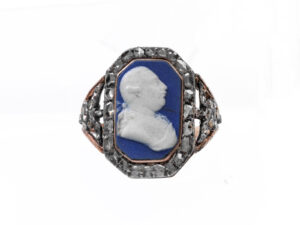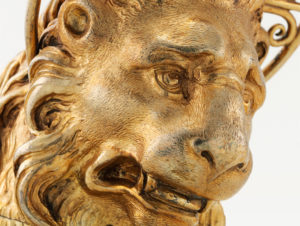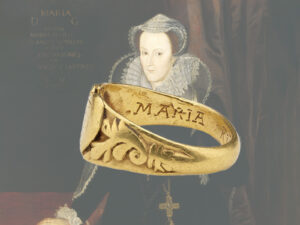
Secret support for Mary Stuart
Rings can be more than simply adornment, expression of personal sentiment or symbols of status, they can also conceal or openly show allegiance to a political cause. In some cases, such affiliations could have dangerous consequences, even death.
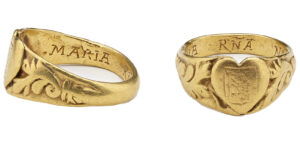


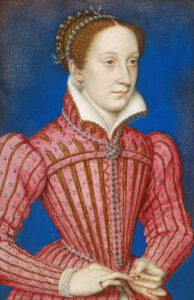
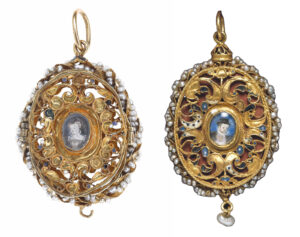
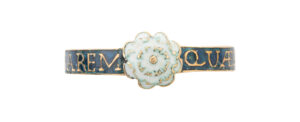

The collection
The exhibition showcases more than 7,000 exhibits from the Museum’s own collection, highlighting Swiss artistry and craftsmanship over a period of about 1,000 years. The exhibition spaces themselves are important witnesses to contemporary history, and tie in with the objects displayed to create a historically dense atmosphere that allows visitors to immerse themselves deeply in the past.

